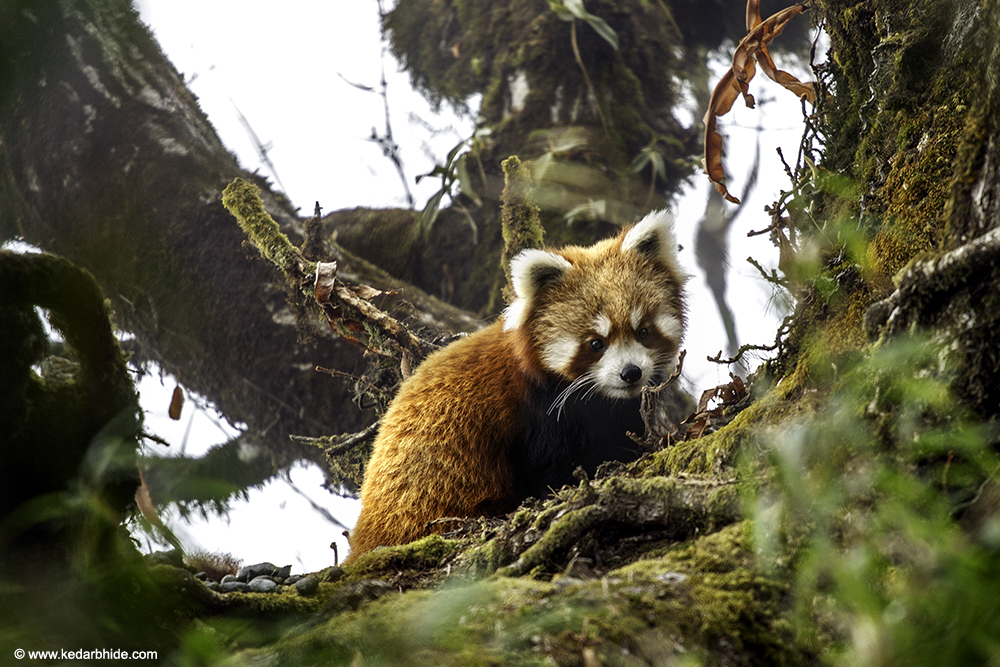
I was feeling lost and also very cold, I haven’t been able to reach my destination of Lachen that day and had ended at Lachung which was an alternative selected by our guide Lakpa. Sitting in a small room of a local hotel without any running water in toilets or electricity in the room, since the previous guest in this room had kept the heater on overnight resulting in some short circuit, taking down the power of the entire place. I was wondering why I try these winter pilgrimage every year to cold deserts of the Trans-Himalayan region in India. Every year I face heavy snow fall or bad weather and I need to change my plans or get stuck somewhere for days but I still keep doing it.
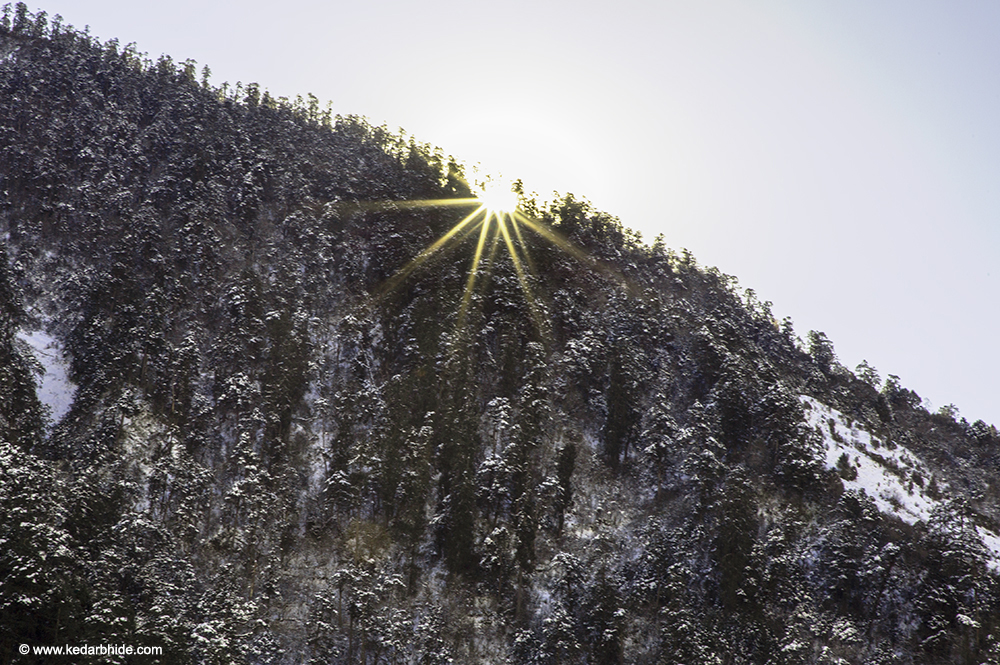
I am a sucker for the Tibetan plateau in winter. From 2009, almost every winter I have visited Changthang, Ladakh to photograph the landscapes and its wildlife. The cold, the beauty, the amazing landscape and the wildlife there has given me immense satisfaction over the years of being there and feeling alive. So for 2020, I had decided to explore the Tibetan plateau on the Eastern side of India and therefore planned to visit Gurudongmar and Lachen areas of North Sikkim for 4 days as a pilot visit. Since I was going through Siliguri, I thought of visiting Singalila National Park for 3-4 days, to see if I could find and photograph the elusive Red Panda.

My goal to reach Lachen was thwarted by an extremely heavy snow fall in the region, closing down the single road to Lachen. Gurudongmar was a distant dream in this case, since it was another 65 odd kilometres from Lachen. As an alternate plan, we got permits for Lachung, after staying in Lachung for a day and doing some local birding, I could get permission from local police in Chungthang to go till Chaten, a village before Lachen. Drive to Chaten was difficult but possible, beyond which, there was too much snow on the roads. So we walked 2-3 kms to Lachen next day in that snow in search of Grandalas. The brilliant Blue colour of a male Grandala on a snow filled landscape makes an awesome sight. Though we saw a large flock of these birds feeding on a some berry trees, I couldn’t find my visualised frame in that geography. So, though I photographed them, I am not satisfied with the results. I need to go back for that and to Gurudongmar again next winter.
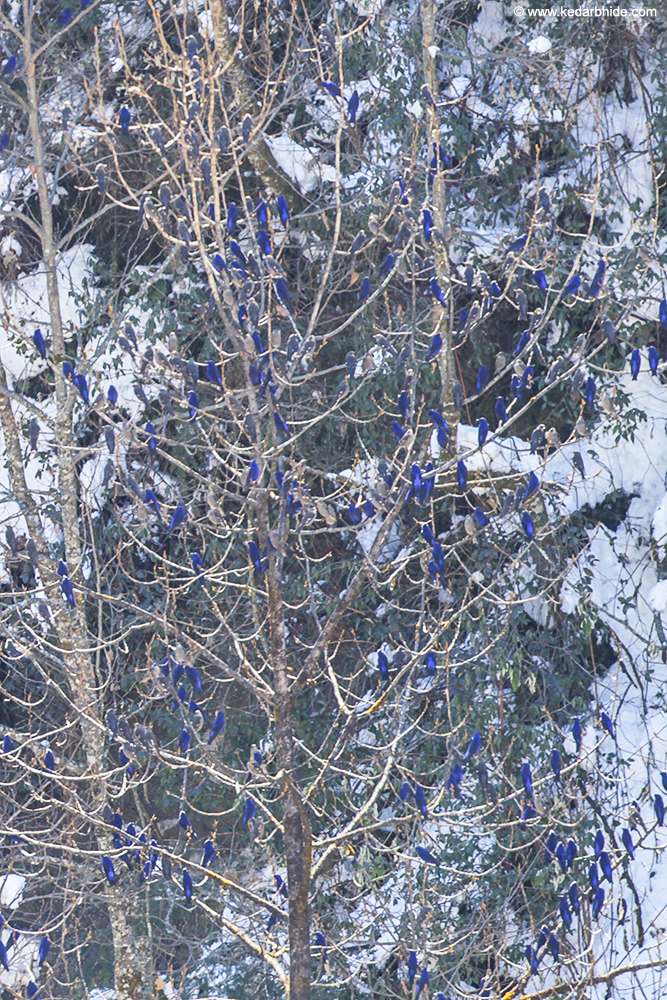
With my main objective getting snowed, I had very less hopes of achieving my second objective of this travel, i.e. the Red Panda at Singalila, West Bengal. I already had reports that due to heavy snowing, the road to Gairibas and Kala Pokhari were closed, and my plan was to stay at Gairibas and cover the upper elevation of Kala Pokhri and the lower elevation of Jaubari at same time. I have heard and read more unsuccessful attempts to see the Red Panda, than successful ones.
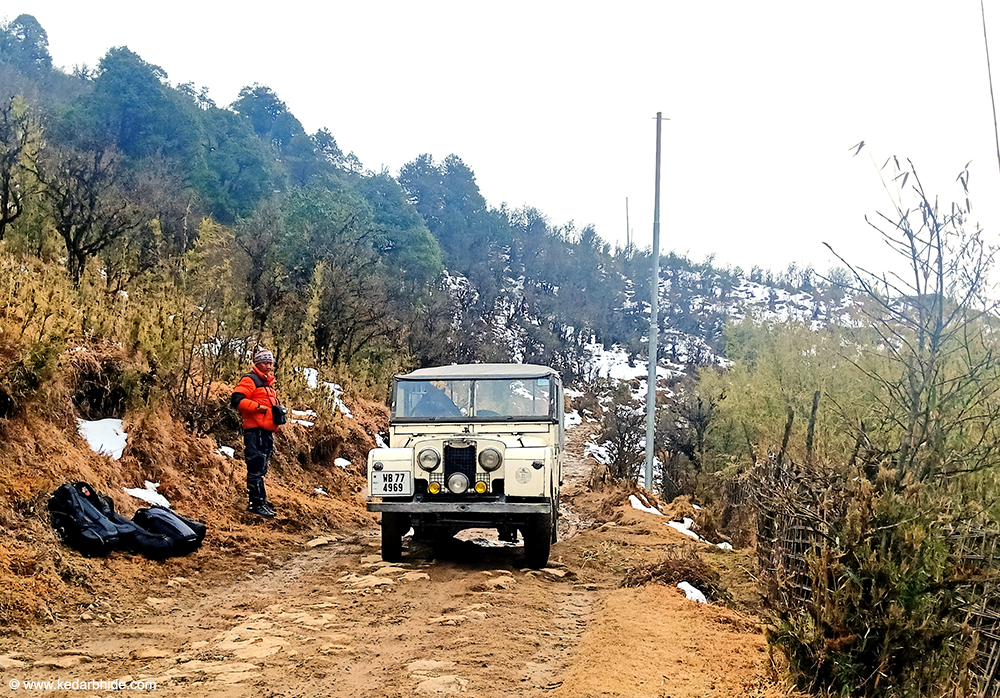
I started my journey from Siliguri to Maneybhanjang and then onwards to Tumling after changing to a Land Rover. Maneybhanjang Land Rover associations has around 78 member vehicles (both Land Rovers and 4×4 Boleros). The Land Rovers are all from 1950-1960 era, probably used by Tea planters during that time, these series 1&2 Land Rovers are the toughest and the simplest of the vehicles which can take anything thrown at them by bad weather, snow and rains in the tough terrain between Maneybhanjang and Sandak Phu. On this trip, my friend and fellow photographer, Meethil Momaya had also accompanied me after long time.
With all the weather conditions and snow, we had decided to stay at Tumling and then concentrate our search for the Red Panda in the Jaubari area. Shikhar Guest House at Tumling was a nice homely place with some great food. Day temperatures were around 2 to 5 degrees, little warmer than what I regularly face in Ladakh during winters. We had two days of complete sunlight, no snow fall, except fog and clouds covering the area sporadically, but no luck with the Red Pandas. We travelled every day to Jaubari and walk along Jaubari to Gairibas road searching without any luck. When you concentrate on one subject its very difficult to do anything else, so though there was a lot of bird activity around, we didn’t do much birding.
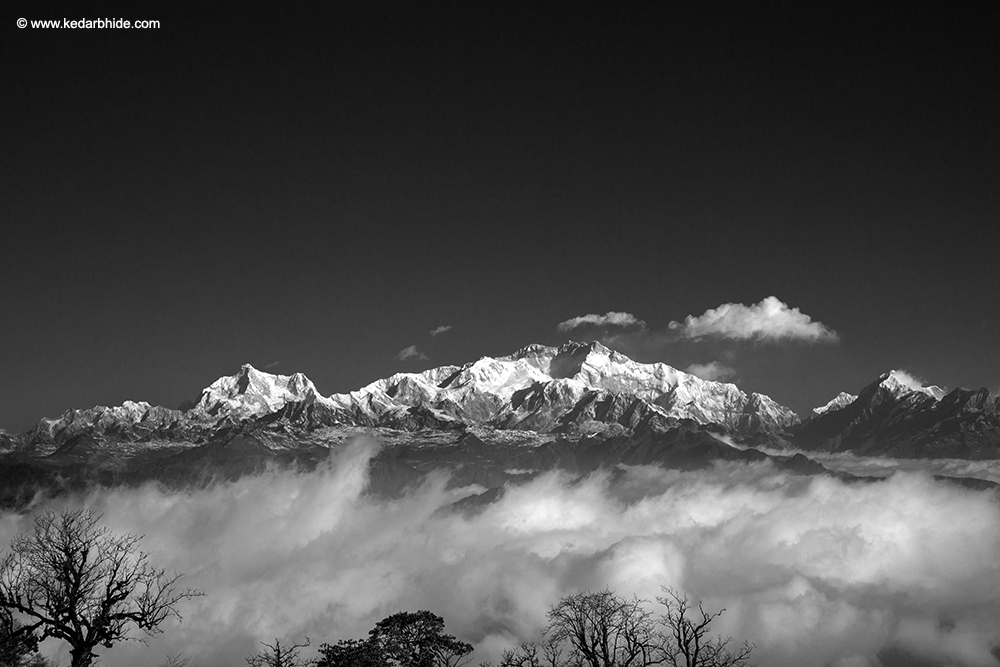
This area is exactly on the India-Nepal Border, left of the road is Nepal and right of the road is India, if you are travelling from Maneybhanjang to Sandak Phu. Indian side is all Singalila National Park, which is a legally protected area, out of bounds to enter and search for Red Panda, but amazing landscapes and bird life around. And if you have a clear sky, its a great point to watch Kanchanjunga range closely. I wanted to try photographing star trails over Kanchanjunga at night, but couldn’t get clear weather and a safe place at a vantage point to leave my camera gear for longer time. Hence, had to do with a few high ISO and long shutter speed shots which showed sky full of stars but complete cloud cover obscuring the Kanchanjunga range.

Going back to Red Pandas, on the Nepal side, there are villagers who care for conservation of the Habre, a local name for Red Panda. They have tracking teams which can be employed to track the Red Pandas in those landscapes at Jaubari & Kala Pokhri.
At Jaubari, Red Panda Conservation Society is lead by Sonal and his team of trackers. Tracking Red Pandas is not an easy affair. It starts primarily by locating the scat of Red Panda, if its wet, then the animal will be moving around within an area of one square kilometre and the trackers concentrate searching around the area. If the scat is dry, then animal will be moving around 3 square kilometre area and then a wider area needs to be searched. Such bizarre tracking methods in the tough Himalayan terrain of Rhododendron trees and Himalayan Bamboo forest wasn’t giving me any hopes of sighting a Red Panda after two days.
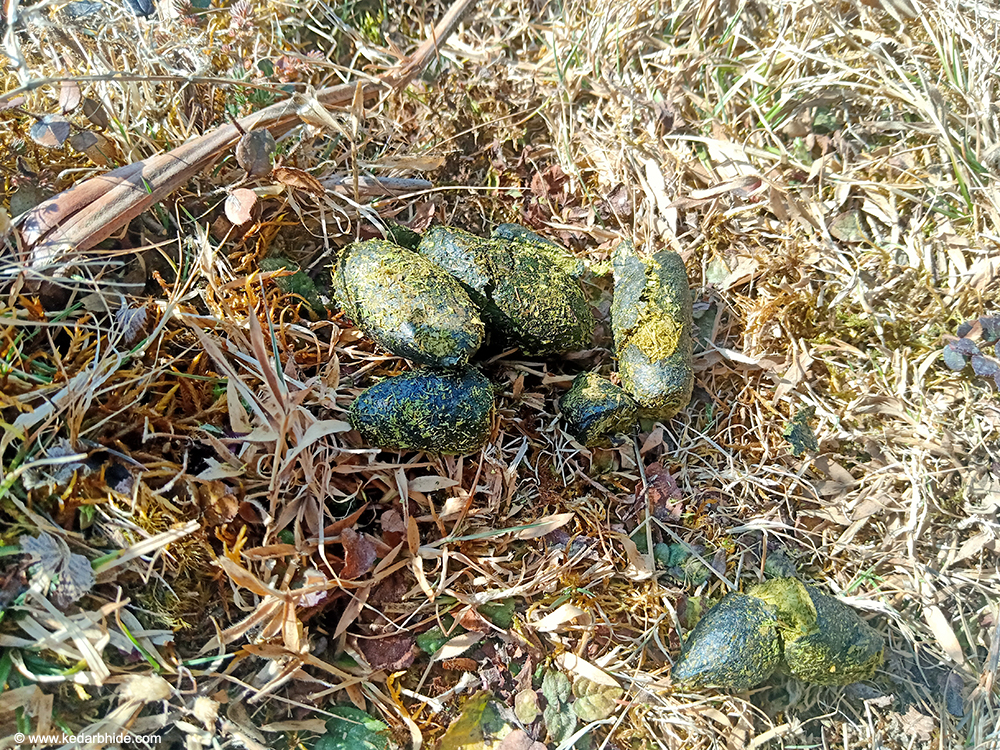
The only blessing was, Tongba (Tumba), a locally made Nepali alcoholic drink, Millet and Khesung (yeast source) is cooked and stored over time to ferment and then you fill a traditional wooden Mug (also called Tongba) with this mix and then add hot water to the brim and insert a bamboo straw till the bottom of the mug, rest it for 10-15 minutes and then start sipping through straw. More water is added as the Tongba becomes dry, and this process is repeated till all the alcohol is exhausted. Tongba has a very tangy sweetish taste, something in-between a wine and a beer. In cold evenings sitting around fire and talking about pandas with local guides with a Tongba mug in a hand, yes this spirit was lifting my spirit a lot to sleep better at nights.
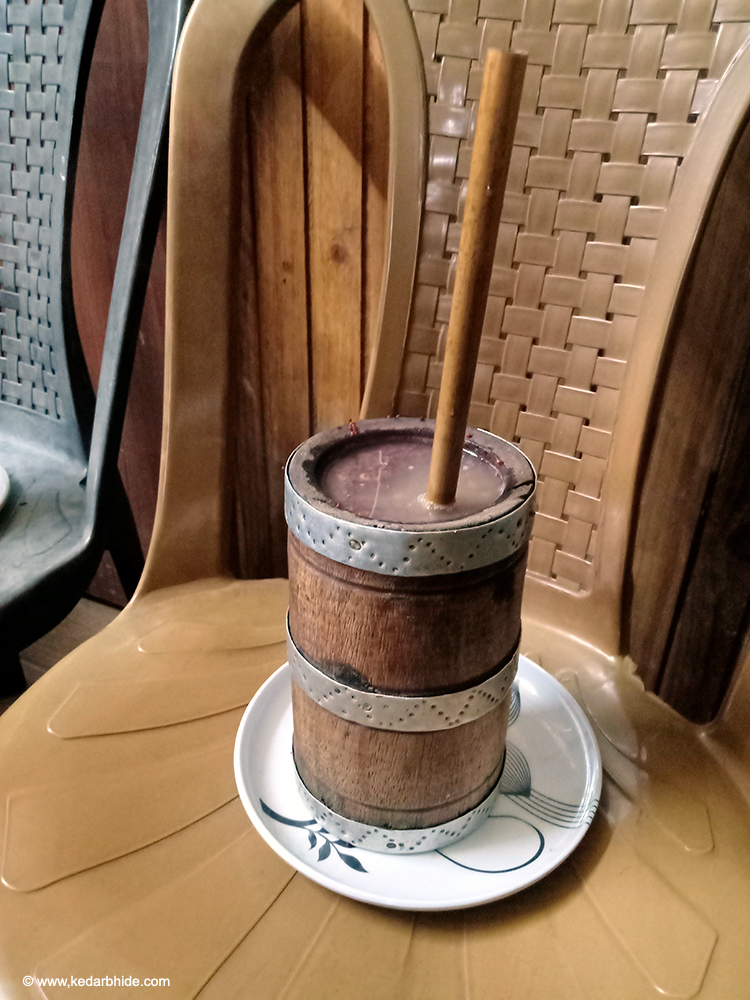
On the third day, the sun was missing, the area was completely covered by fog and low clouds, temperatures had gone down to freezing point, freezing my panda hopes with it. After moving around Jaubari and waiting for some news from the trackers for an hour, we decided to go to Gairibas and then to Kala Pokhri just to try our luck in those areas. It was our assumption that due to snow at higher elevations, the Red Pandas would have moved to a lower elevation. Therefore we had concentrated our efforts at Jaubari. But we were kind of desperate, so decided to move to higher elevations though there was no logic in it.
When we reached Gairibas, we got a call from Sonal that trackers have spotted one Habre (the Red Panda) and we need to return to the Jaubari area. On way back our vehicle got stuck in the muddy slopes of the road, taking our hopes also down with it. Trackers do not stay in close proximity of an animal for more than 30-45 minutes and we needed to reach the place within that time frame.
Fortunately, quick thinking by our driver Surjo took us out of the mess fast and we were on our way towards Jaubari. Sonal was waiting for us on the road from where the tree on which the Red Panda was spotted can be sighted at a far distance. We set up our big telephoto lenses and tripods and tried looking for the Red Panda, it was just a small reddish spot on a tree covered in a fog, and the fog was increasing, it was impossible to shoot anything from there.
So we shifted to a smaller lens with one camera and decided to travel with the trackers closer to the Red Panda tree. It was 200 feet down on a 70 to 80 degree slope full of bamboo thickets and snow. With the help of our trackers, we could get down to a spot which was around 20 feet from the Panda tree. We lost some time in searching for a clear window through that maze of bamboo leaves and then waited for the Red Panda to make its first move.
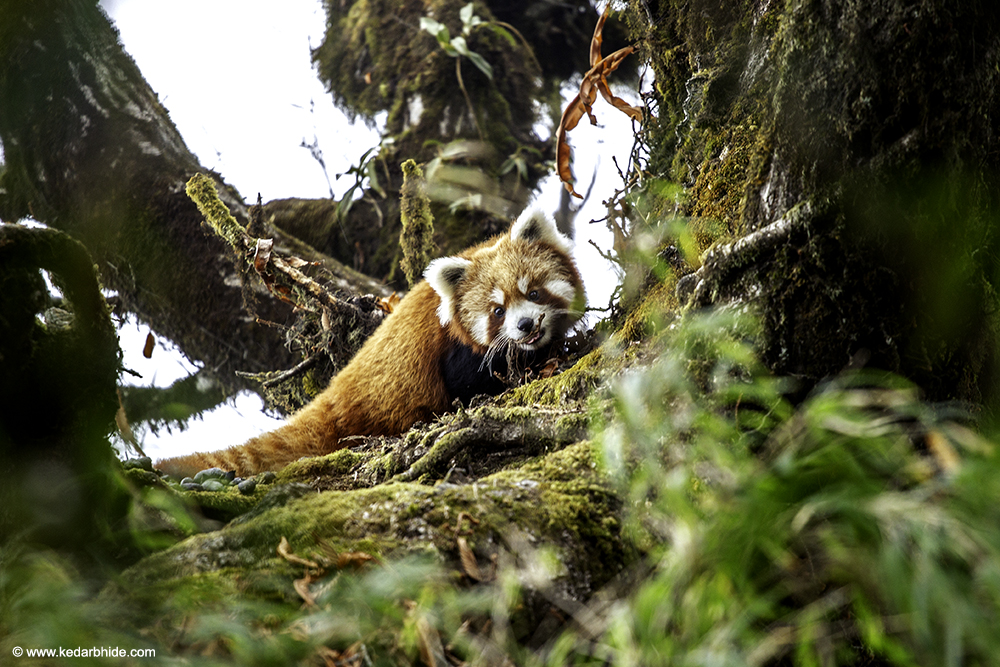
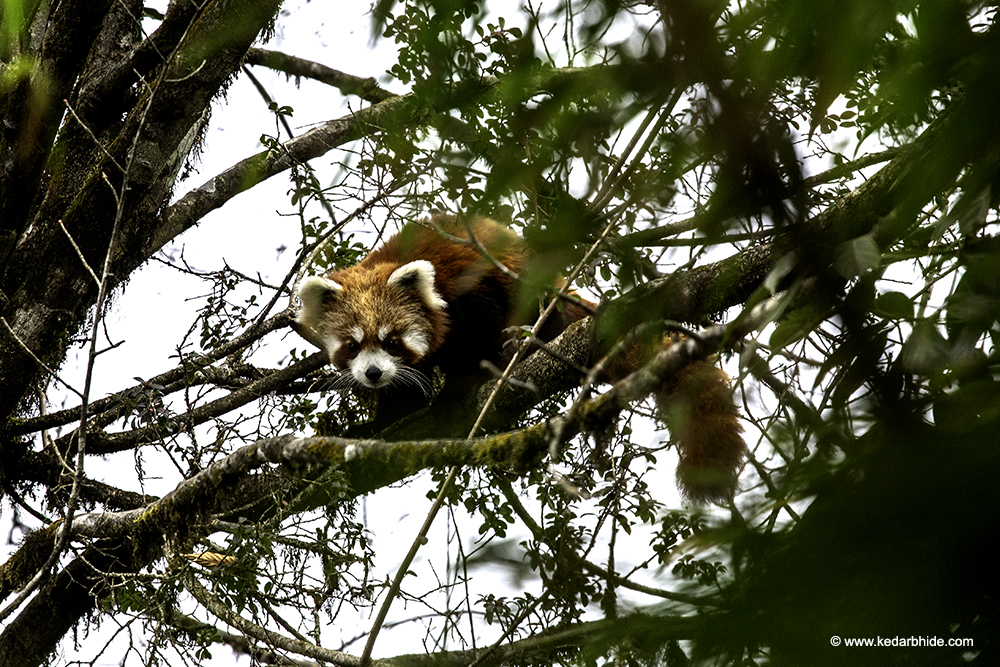
And it did move! It moved around the tree, looking at us occasionally and then going back to clean its body and finally dozing off with it’s back towards us. But we did manage to get a few clicks in that complete white foggy background through the maze of bamboo leaves. I was so surprised by the self-discipline of the trackers there, they allowed us to spend 20 minutes around the Red Panda from a respectable distance. They did not do any clearing for us by cutting bamboos to get better view other than holding some bamboos apart. Apparently, they also do not go into same area for tracking for the next one month to allow this animal to settle down, in case the animal has got spooked by the human presence. I wish our guides in most of the national parks of India were as self-disciplined as these simple villagers are and I hope that as the tourism increases in this area, this discipline remains as it is. The captains and coordinators of the tour companies had a major role to play in this.
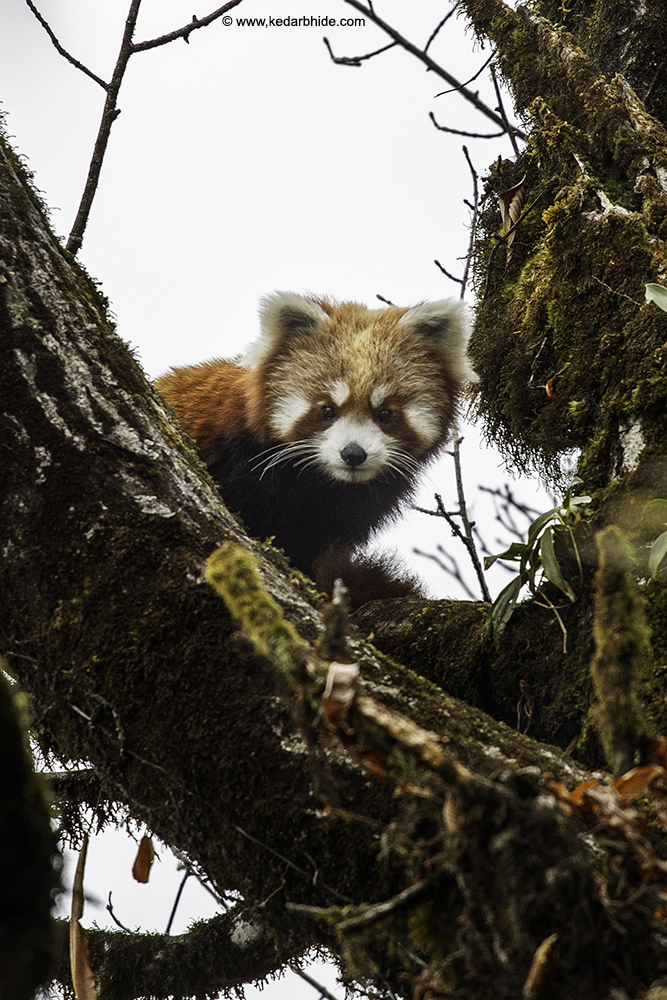
That was my Panda moment, and as usual it proved that you need to be lucky, only hard work doesn’t help. Red Pandas are mammals found in Eastern Himalayas and South Western China and declared as endangered by IUCN due to habitat loss, fragmentation and poaching. An elusive and amazing animal to be with for a moment in wild. Such moments are rare in wild and I am going to call them Panda moments henceforth. I will be surely going back to Singalila for Rhododendrons landscapes and eagerly planning for Tibetan plateau beyond eastern Himalayas but now I have blessings from Red Pandas of Singalila, not those “Pandas”(the quacks) which I encounter in Indian villages during my snake bite death mitigation work.
This Panda moment was possible due to the responsible villagers of Jaubari in Nepal, a great team from Help tourism, Pralay & Tsering. And a great company of Meethil, for whom it was the first winter trip in mountains. I end my tale here with hopes that self-discipline of trackers and tour companies remain as it is for sake of these elusive mammals of the Eastern Himalayas!!!!

Fabulous pictures and videos